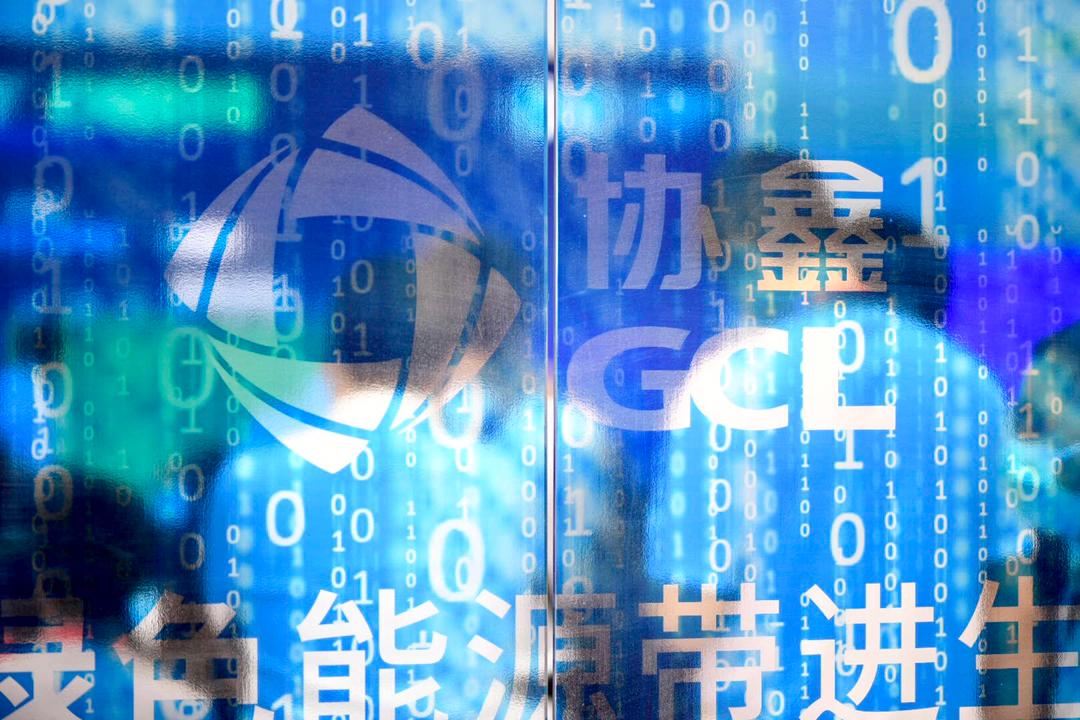Solar project developer GCL New Energy has published annual results for last year fleshing out the grand project sell-off which, the company said, has completed a “magnificent turnaround,” to become an “asset-light” business.
The project subsidiary of polysilicon maker GCL-Poly sold off 2.9GW of solar generation capacity last year, to reduce its debt pile RMB11.2 billion ($1.76 billion). That left it with a project portfolio of 1,1051MW, the developer said yesterday, with a further 298MW marked for sale.
pv magazine print edition
The business, which sold off those swathes of solar projects to Chinese state-owned enterprizes, still made a loss, however, of RMB790 million ($124 million) for its shareholders. That was presented as a win compared to the RMB1.37 billion ($215 million) shed in 2020 and will come as no surprise after revenue fell from RMB5.02 billion ($788 million) to RMB2.85 billion ($447 million), year on year, including sales of electricity numbers which declined from RMB4.94 billion ($775 million), in 2020, to RMB2.69 billion ($422 million) last year.
In line with the asset-light definition, the value of GCL New Energy's non-current assets fell from RMB30.8 billion ($4.83 billion), in 2020, to RMB7.71 billion ($1.21 billion) and its current assets from RMB10.7 billion ($1.68 billion) to RMB7.42 billion ($1.16 billion), with RMB783 million ($123 million) worth marked for sale. While the company cash pile halved, from RMB1.14 billion ($179 million) to RMB586 million ($91.9 million), current liabilities did too, coming in from RMB23.5 billion ($3.69 billion), in 2020, to RMB3.64 billion ($571 million), and including a steepling fall in bank borrowings from RMB12.4 billion ($1.95 billion) to RMB1.08 billion ($169 million).
All that meant the net current liability value of RMB9.23 billion ($1.45 billion) posted in 2020 became a RMB4.56 billion ($715 million) asset last year. The company borrowings due this year also reduced, from RMB1.59 billion ($249 million) to RMB352 million ($55.2 million), year on year.
As to the future, aside from solar project operations and maintenance income – which rose to RMB79.6 million ($12.5 million) revenue last year, from RMB64.8 million ($10.2 million) a year earlier – and engineering, procurement and construction activity worth RMB70.3 million ($11 million), up from RMB23.7 million ($3.72 million), GCL New Energy remains keen to become a hydrogen project business.
Despite the collapse of a plan to take Ethiopian natural gas from connected business Poly-GCL Petroleum Investments Ltd, GCL New Energy said it is still exploring a procurement deal for the fuel as it stressed the importance of gas-fired “blue” hydrogen as a transitional source of the energy carrier, due the high costs of renewables-powered, green hydrogen. GCL has yet to explain the carbon capture and storage measures it will take to ensure any gas-fired hydrogen is blue, rather than the fossil-fuel rated “gray” version of the gas.
The company did at least mention an intent, further down the line, to provide “wind and solar-power-to-hydrogen, storage-integrated energy services.”
This content is protected by copyright and may not be reused. If you want to cooperate with us and would like to reuse some of our content, please contact: editors@pv-magazine.com.




By submitting this form you agree to pv magazine using your data for the purposes of publishing your comment.
Your personal data will only be disclosed or otherwise transmitted to third parties for the purposes of spam filtering or if this is necessary for technical maintenance of the website. Any other transfer to third parties will not take place unless this is justified on the basis of applicable data protection regulations or if pv magazine is legally obliged to do so.
You may revoke this consent at any time with effect for the future, in which case your personal data will be deleted immediately. Otherwise, your data will be deleted if pv magazine has processed your request or the purpose of data storage is fulfilled.
Further information on data privacy can be found in our Data Protection Policy.